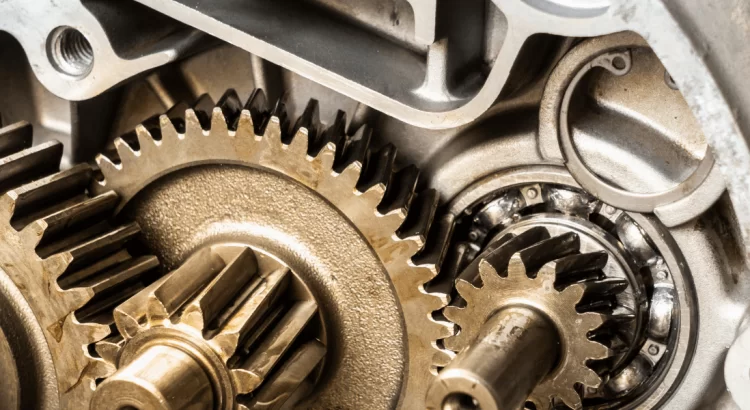Mobile:+86-311-808-126-83
Email:info@ydcastings.com
English
Stainless Steel Sand Casting Services for Precision Engineering Solutions in Foundry Applications
The Importance of Stainless Steel Sand Casting in Modern Manufacturing
Stainless steel sand casting is an essential manufacturing process that plays a critical role in various industries, including automotive, aerospace, and industrial machinery. This method combines the durability and corrosion resistance of stainless steel with the versatility of sand casting, making it a preferred choice for producing complex and robust components. This article delves into the significance of stainless steel sand casting, its advantages, applications, and the future of this manufacturing technique.
Understanding Stainless Steel Sand Casting
Sand casting is one of the oldest manufacturing processes in existence, and it involves creating a mold from sand into which molten metal is poured. When combined with stainless steel, this method yields parts that benefit from the unique properties of the metal, such as high strength, resistance to corrosion, and improved durability. Stainless steel is an alloy composed primarily of iron, chromium, and nickel, which provides an excellent balance of toughness and malleability. The sand casting process allows for the production of intricate shapes and forms that would be difficult to achieve with other techniques like forging or machining.
Advantages of Stainless Steel Sand Casting
One of the primary advantages of stainless steel sand casting is its cost-effectiveness, especially when producing large quantities of components. The sand molds can be reused multiple times, reducing material costs. Moreover, the sand casting process is relatively simple and requires less specialized equipment compared to other casting methods, making it accessible to a wide range of manufacturers.
Another significant benefit is the ability to produce highly complex geometries. The flexibility of sand molds allows for intricate designs, which is particularly beneficial in industries that demand high precision, such as aerospace and medical device manufacturing. Stainless steel's inherent properties also contribute to the longevity of cast parts, making them suitable for applications that require resistance to heat, acids, and oxidation.
Applications of Stainless Steel Sand Casting
stainless steel sand casting foundry

Stainless steel sand casting is utilized in various applications across multiple industries. In the automotive sector, components such as engine blocks, transmission housings, and exhaust manifolds are often produced using this method. The resistance to corrosion and high temperatures is critical in these applications, ensuring the longevity and reliability of vehicle components.
In the aerospace industry, the need for lightweight yet strong materials is paramount. Stainless steel sand casting enables manufacturers to create parts such as landing gear, structural components, and engine brackets that meet stringent safety and performance regulations. Additionally, the medical industry relies on stainless steel components for surgical instruments, implants, and equipment, where hygiene and durability are crucial.
The Future of Stainless Steel Sand Casting
As manufacturing technologies evolve, so does the potential for stainless steel sand casting. Innovations such as computer-aided design (CAD) and 3D printing are enhancing the capabilities of the sand casting process. For instance, 3D printing technology can create highly intricate and precise sand molds that reduce production time and waste. This integration of modern technologies is set to increase efficiency and allow for greater customization in manufacturing.
Moreover, as sustainability becomes a priority in manufacturing, efforts are being made to improve the environmental impact of casting processes. The use of reclaimed sand and cleaner alloys in stainless steel production can contribute to a more sustainable manufacturing ecosystem. Manufacturers are increasingly focusing on reducing energy consumption and waste generation, aligning their practices with global sustainability goals.
Conclusion
In conclusion, stainless steel sand casting is a vital component of modern manufacturing, offering significant advantages in terms of cost-effectiveness, design flexibility, and material properties. Its applications across various industries underscore its importance and practicality. As technology continues to advance, the future of stainless steel sand casting looks promising, with enhanced efficiency, sustainability, and innovation paving the way for even more sophisticated manufacturing solutions. The combination of traditional craftsmanship and modern engineering will ensure that stainless steel sand casting remains a cornerstone of manufacturing for years to come.
-
Materials Used in Manufacturing Cap End Pipe FittingsNewsNov.24,2025
-
Material Properties of CF8M CastingNewsNov.24,2025
-
How to Inspect Pump Cap Ends for DamageNewsNov.21,2025
-
Backward Curved Impeller – Efficient Airflow Solutions for Industry | YD CastingsNewsNov.21,2025
-
Automobile Water Pump - Efficient, Quiet, Durable & ElectricNewsNov.21,2025
-
Impeller for Pumps – High-Efficiency, Durable, OEM-ReadyNewsNov.21,2025











